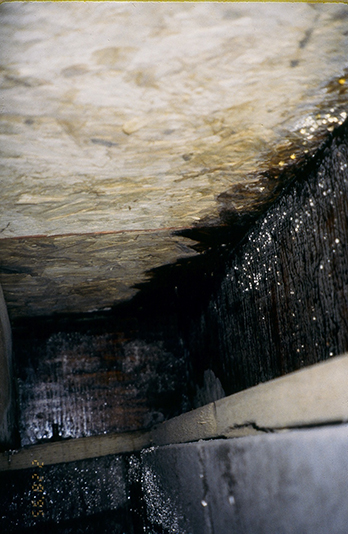The ultimate treatment for a crawl space is to eliminate of the vents, put a vapor barrier on the ground and spray the walls with two pound foam. This especially makes sense if there is a duct system in the crawl space. The downside of this strategy is that it is expensive.
The building code allows unvented crawl spaces insulated with two pound foam on the exterior stem walls of the foundation. Unvented crawl spaces are a superior way to go “when executed correctly.” Executing correctly primarily means controlling moisture, and doing a great job on the insulation. We have retrofitted several crawl spaces with this approach and we the anecdotal feedback has been very positive.
There are several code requirements that you must follow, if you are going to go with unvented crawl spaces insulated with two pound foam on the exterior stem walls of the foundation. In an unvented crawl spaces you must have a sealed combustion gas furnaces, which are typically 90% or greater. A regular 80% efficient gas furnace is not acceptable. The code also requires a vapor retarder on the ground to of unvented crawl spaces to control the entry of moisture through capillary suction. You also can’t be using the crawl space for storage.
There are several exceptional websites dealing with all the issues surrounding and unvented or closed crawl space. The best source of information on is put out by Advanced Energy. See their guide called Closed Crawl Spaces: An Introduction to Design Construction and Performance.
http://www.advancedenergy.org/portal/crawl_spaces/



